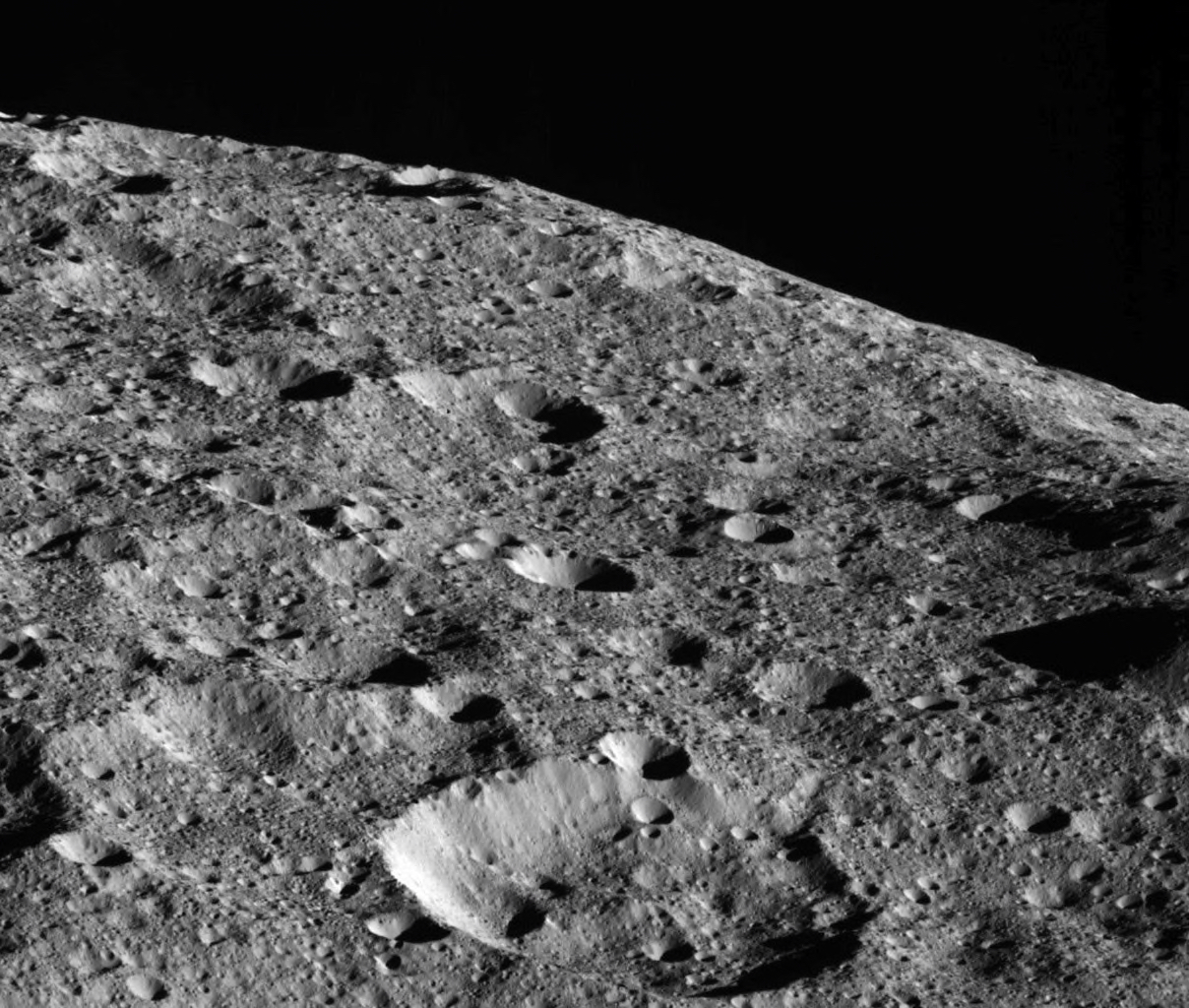
NASA is about to get its closest-ever look at the dwarf planet Ceres – a world which has already amazed planetary scientists with its intriguing geology including numerous bright spots and an odd, isolated conical mountain. In early June, the Dawn spacecraft will maneuver to its lowest-ever orbit, which will provide even better views of this strange place.
“The team is eagerly awaiting the detailed composition and high-resolution imaging from the new, up-close examination,” said Dawn’s Principal Investigator Carol Raymond of NASA’s Jet Propulsion Laboratory, Pasadena, California. “These new high-resolution data allow us to test theories formulated from the previous data sets and discover new features of this fascinating dwarf planet.”
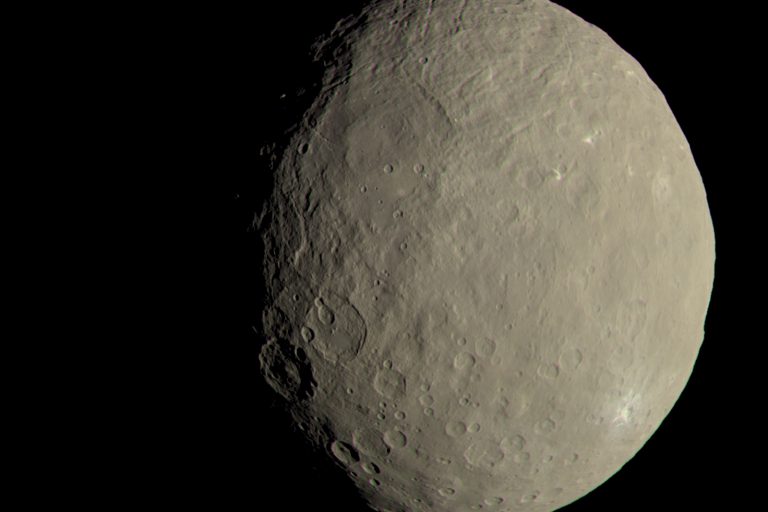
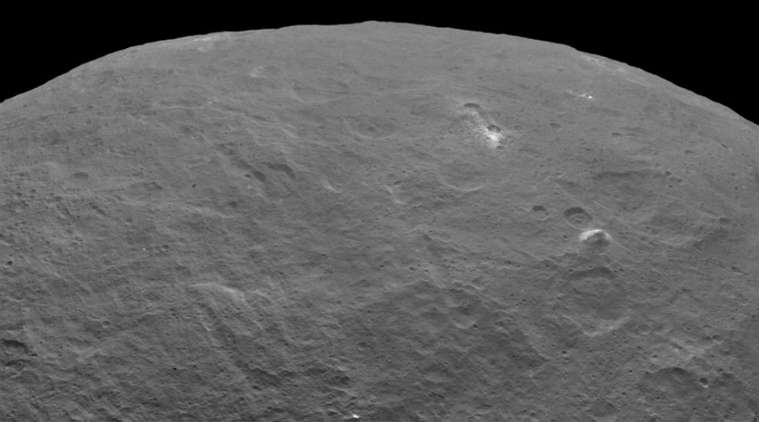
In the new orbit, the spacecraft will pass within 30 miles (50 kilometers) of Ceres’ surface, which will provide fresh data and the highest resolution images ever taken. The new, lower orbit will also be the final orbit for Dawn; its fuel will run out sometime in the last half of 2018. Unlike the Cassini mission however, which ended with a fiery plunge into Saturn’s atmosphere, Dawn will continue to orbit Ceres, to prevent contamination of the surface.
Figuring out just what the new orbit should be like took months of planning – engineers mapped out no less than 45,000 possible configurations before deciding on the exact final orbit, one which will allow for the best possible science observations.
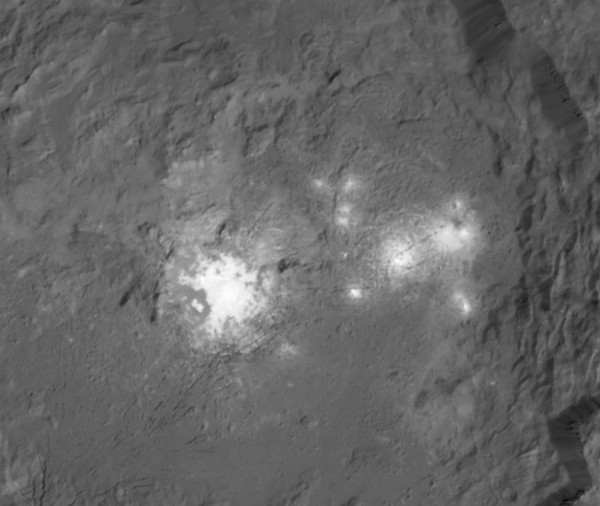
Gamma ray and neutron data, which Dawn will take during this new orbit, will provide clues as to the chemical makeup of the uppermost layer in Ceres’ interior. Scientists think that Ceres has a subsurface layer of briny water ice. Evidence for this has come from the peculiar bright spots seen on the surface, which are now thought to be composed of salts left over from when water evaporated. The most well-known and brightest spots are those in Occator crater. Dawn has also seen haze above the spots and found organic material on Ceres’ surface.
“The global nature of Ceres’ bright spots suggests that this world has a subsurface layer that contains briny water-ice,” said Andreas Nathues at Max Planck Institute for Solar System Research in Göttingen, Germany. He noted, however, that “The whole picture we do not have yet.”
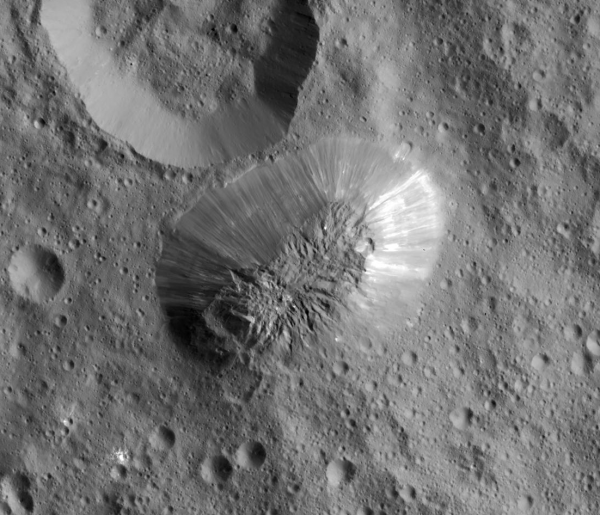
Dawn has also seen evidence of active geology on Ceres, such as the isolated conical hill called Ahuna Mons (aka “Lonely Mountain”). It soars 13,000 feet (4,000 meters) tall, and sits at the edge of a crater with nothing else similar anywhere nearby. It is now thought to be a product of subsurface cryovolcanism, scientists say.
Dawn has been orbiting Ceres since March 2015, and the mission has already been extended twice since then. Dawn is also the first spacecraft to visit two different worlds – the spacecraft first studied the large asteroid Vesta before arriving at Ceres in March 2015. Vesta and Ceres are the two largest objects in the main asteroid belt between Mars and Jupiter.
More information about the Dawn mission is available here and here.
FOLLOW AmericaSpace on Facebook!
SaveSave




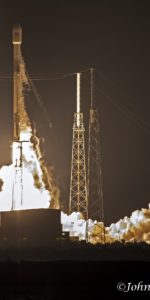
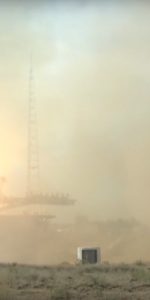
One wonders what scientific treasures would be found had a lander sampled those “bright spots.” All the more reason to aggressively explore the outer solar system.
I Hope that a lander/retrieval mission can be mounted in the next decade or so.